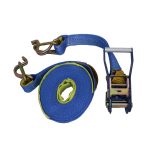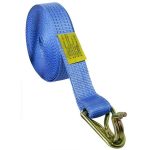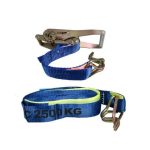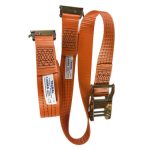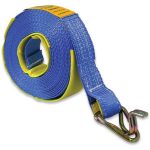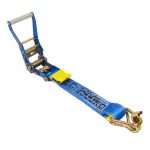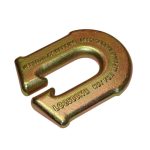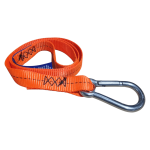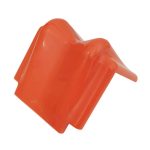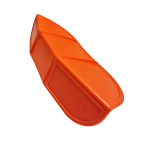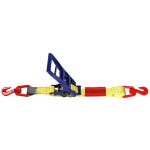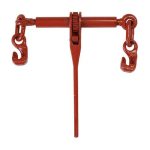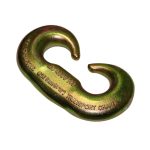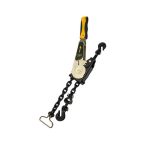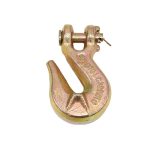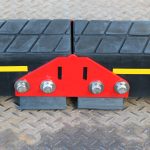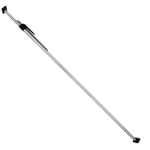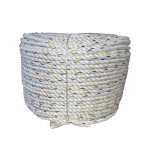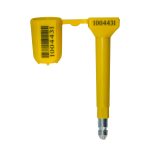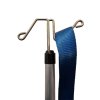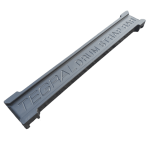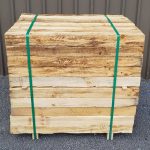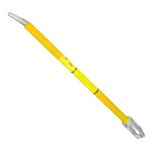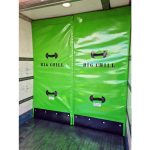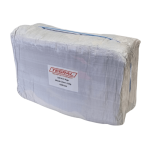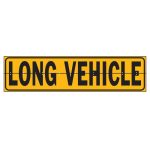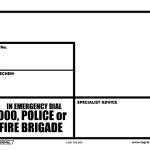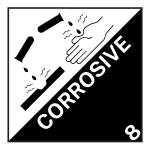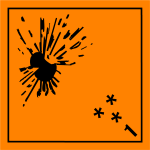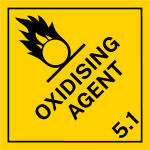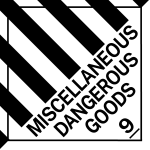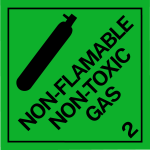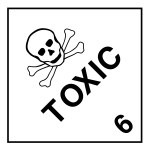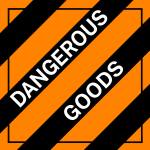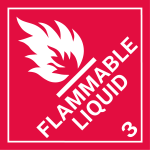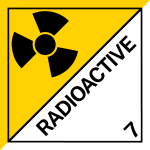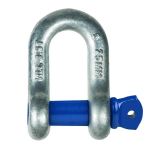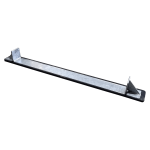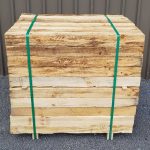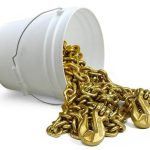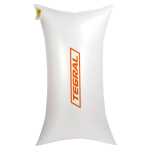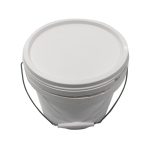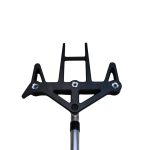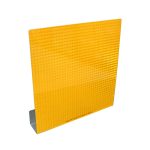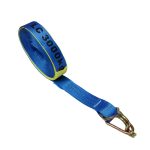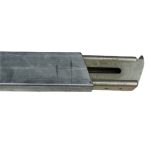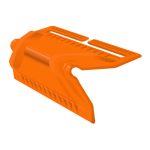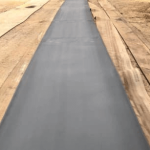Speeding is a dangerous practice that has caused many accidents over the years and it is a major factor in fatal crashes. Speeding can be defined as driving faster than the posted speed limit.
Speeding is not only dangerous on its own, but it also increases the risk of other types of crashes happening. There have been many studies that show that speeding increases both the risk of a crash happening and the severity of any injuries endured in the crash.
Travel speed affects both the risk of a crash happening and the severity of any injuries in a crash. Even small increases in vehicle speed significantly impact road safety risks.
In good clear driving conditions, you must drive within the posted speed limit however in certain circumstances, driving at the speed limit for that road can be dangerous. Conditions such as bad weather, heavy traffic, and encountering children or pedestrians may require you to reduce speed to suit those road conditions.
If you keep your speed down, you will have more time to avoid crashes and will reduce the seriousness of any injuries or damage. You may also save a life – possibly yours. You must only drive at a speed that would allow you to stop your vehicle within the distance that you can see ahead.
Heavy vehicles need a long distance to stop. This is because they have higher kinetic energy & momentum than lighter vehicles. Driving is a skill that requires constant practice and attention. It is not easy to maintain a safe distance from the vehicle in front of you, especially when there are many vehicles on the road. The best way to avoid speeding accidents is to keep a safe distance from the vehicle in front of you.
A good rule promoted by Service NSW is to stay 4 seconds behind the vehicle if driving a heavy vehicle. To calculate a four-second crash avoidance space when following another vehicle use this basic technique: as the rear of the vehicle in front of you passes an object at the side of the road such as a power pole, tree or sign, start a four-second count ‘one thousand and one, one thousand and two, one thousand and three, one thousand and four’.
If your vehicle passes the object you picked before you finish the four second count, you are following too closely. Your crash avoidance space is not large enough. Slow down, and repeat the count again until the foursecond crash avoidance space is achieved.
In the same way, driving under the influence of alcohol or drugs is a major cause of accidents. Alcohol and drugs can affect your ability to drive safely and increase your risk of being involved in a crash.
The effects of alcohol on driving are well known, but many people don’t know that some medicines can also reduce your ability to drive safely. Some medicines used to treat epilepsy, depression, anxiety, or high blood pressure can make you drowsy and affect your concentration.
As a driver, you need to be alert and able to concentrate on what you are doing so that you can react to whatever is happening around you on the road.
Severe penalties also apply to drivers who commit drink or drug driving offences – regardless of whether you are a learner driver or an unconditional licence holder.




